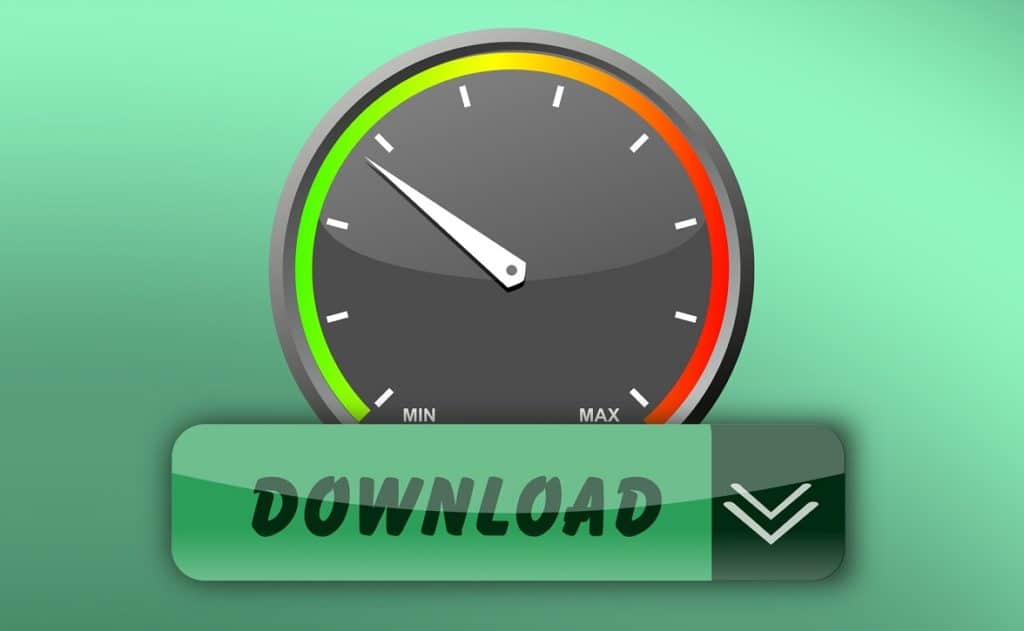Internet consumption grows 30% more in the second wave lockdown. As people are forced inside their houses, the internet has become the necessary medium to carry out their works which has resulted in high bandwidth demands.
As COVID-19’s second wave has swept across major trade centers, many local administrations have enforced stay-at-home measures to avoid the worst-case scenario. This has obligated service sectors to carry through their works online. Online classes, business meetings, training are all conducted over the internet. This has taken a toll on ISPs once again as demand for the high volume of bandwidth has resurfaced.
Amid this second Coronavirus lockdown, bandwidth consumption has grown by 25-30% in the daytime alone. “While internet activities peak in the evening, the lockdown has inflated the bandwidth demands even at daytime. As people start negotiating their online activities, internet bandwidth soars after 10 AM.” says ISPAN chairperson Sudhir Prajuli.
Do Read: Top 10 best use of Internet in Lockdown

The Bandwidth Demands Won’t Hurt User Experience – ISPAN Chief
ISPAN chair claimed, “Judging by the current demands, ISPs are well-placed to withstand and maintain its service. Although bandwidth may push more during peak hours”.
“The second wave of COVID-19 has kept few major cities at peril and rural areas are less affected so internet consumption is normal in villages. It means the overall demand-supply ratio of bandwidth is not likely to be affected during the current lockdown.” He opined.
Last year, Internet use had grown to the point it compromised the user experience of many. One of the culprits was TikTok, blamed for heavy traffic draw during the pandemic.
But the issue was not down to one single app. As people took to online mediums for work, internet demand took off above 50%, an unprecedented high resulting in poor connectivity. The deluge of complaints from customers forced ISPs to set up cache servers to render a smooth browsing experience.
Nepali Internet Service Providers import 800Gbps to 1Tbps. Indian telecommunications companies Airtel and Tata are the major supplier of internet bandwidth to the Nepali ISPs.
Also read: Covid-19 impact: Complaint for internet challenges ISPs
Before the COVID-19 lockdown in Chaitra last year, the total bandwidth demand stood at 400Gbps. The numbers hiked by 25% to 500Gbps per day after months of lockdown.
Do not miss: Toll-free numbers of ISPs in Nepal
Conclusion
As ISPAN chairperson Sudhir Prajuli has claimed, internet users won’t face similar adversities as last year, it will be a relief to many of those who rely on seamless connectivity for their works. It is worthy of praise that ISPs learned from their experiences of the prior year’s shortcoming to ensure better service this time. Whereas we have been hearing some complaints about the internet speed and connection issues even in this lockdown 2021.
Check out: How to improve internet speed at home?
Do you agree with the ISPAN Chair’s claim? How has your experience been on the internet during the fresh lockdown? Are you facing any lag or fluctuation in bandwidth speed? Do let us know below in the comments section.













